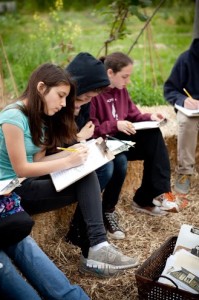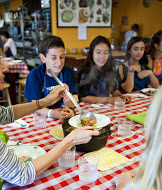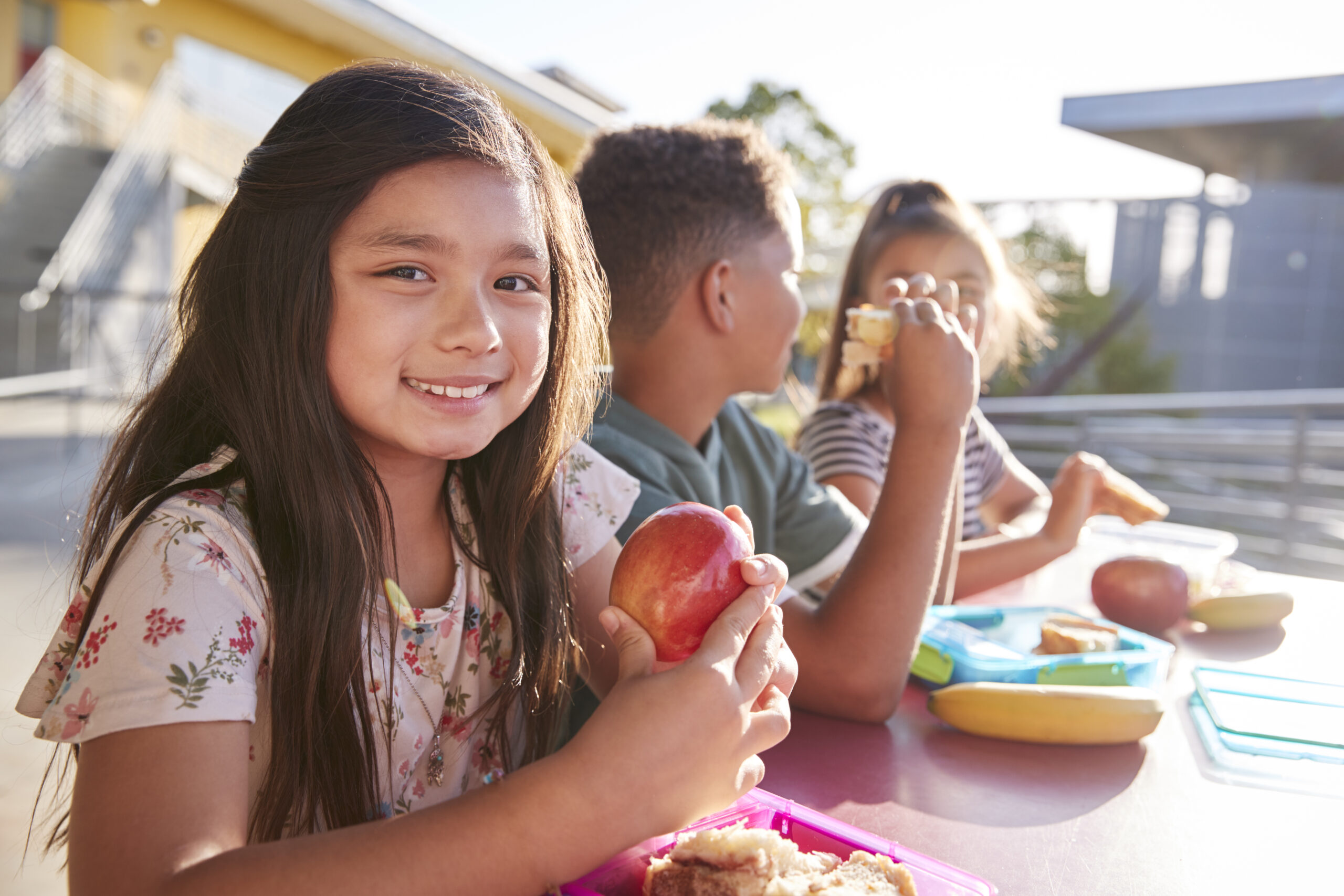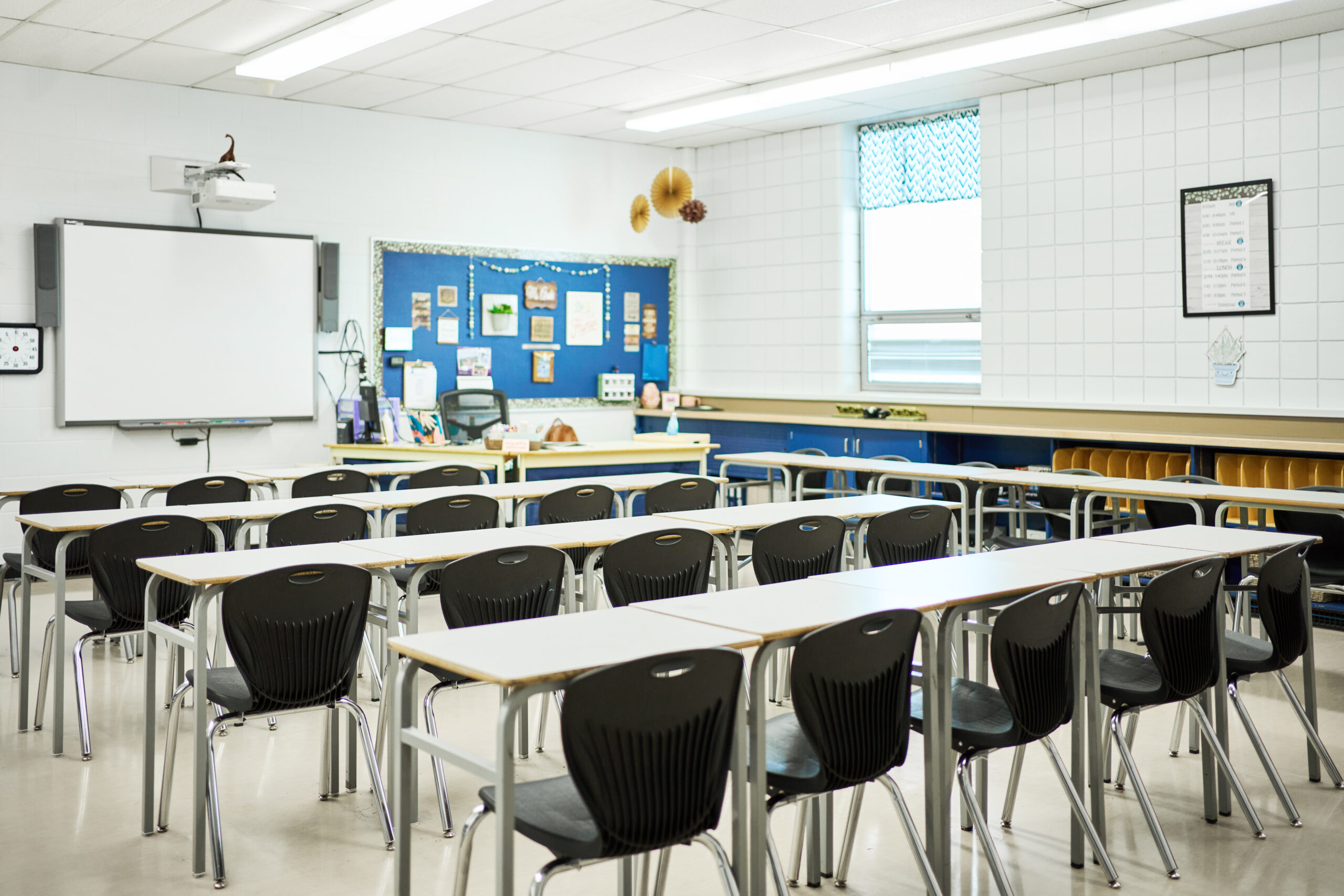As we continue to “plow the soil” for great stories about school garden programs in honor of April being National Gardening Month, we thought we would “unearth” (pardon the puns!) another gem from our archives that highlights how school gardens and edible education support healthier eating habits.

According to the USDA, over 90 percent of schools report that they are successfully meeting the updated nutrition standards dictated by The Healthy and Hunger Free Kids Act school meal provision. Though it has not necessarily been easy, thousands of school districts now offer nutrient-dense whole wheat grains, fresh fruits and vegetables and lean proteins to children who participate in school meal programs.
A great many innovative and resourceful organizations run by educators, health advocates, youth workers and parents have provided the momentum for this shift over the past 20 years. One of the difficult, invaluable lessons learned along the way is that simply procuring healthier food for school lunch menus does not guarantee success for school wellness programs.
So what does it take to get kids to consume healthy meals, preferably with delectable delight?
According to the experts at the nonprofit Edible Schoolyard Project, a tried-and-true approach is to make food-based learning part of the school day.
“Schools that incorporate an integrated approach to edible education—combining local, seasonal food procurement strategies with hands-on lessons taught in the classroom, kitchen, and garden—are far more likely to sustain healthy school meal initiatives,” explains Liza Siegler, the organization’s director of partnerships and engagement.
Put simply, kids who help grow and prepare good food also want to eat it.
In a recent op-ed in which she argues for the full implementation of USDA requirements that can help more schools help students to discover and embrace new foods, Katrina Heron, executive director of the Edible Schoolyard Project put it this way:
[quote align=”center” color=”#999999″]
“When empowered to open their senses and explore their appetites, children become very interested in a wide variety of foods and the stories behind them…They’re eager to learn basic food skills and show them off to their families and friends.”
[/quote]
Success Takes Many Forms. Here’s One.
A shining success story comes from The Grimmway Academy Edible Schoolyard, a public charter school outside Bakersfield, Calif., which focuses not only on the quality of food provided to students but on the education that students receive about the food.
Students get hands-on lessons in the school’s edible classroom, a lush organic garden that they help tend and harvest. Time there is complemented by time in classrooms outfitted with kitchens, where students receive nutrition education through cooking lessons. Each classroom integrates hands-on learning with academic curriculum, from math and science to social studies.
Adults are key players in this holistic approach. Both of the chefs in the school’s cafeteria, known as the Grimmway Academy Café, are professionally trained. They prepare school lunch meals entirely from scratch, so students have ample opportunity to experience different textures, flavors, and ingredients — many of them represented in the school garden.
School staff and administrators take part in professional development related to healthy eating, and parent education and family cooking classes help to reinforce the focus.
The ESY Network

To help schools help kids enjoy fresh, healthy food, the Edible Schoolyard Project has created the ESY Network, a free, web-based platform that maps the movement and enables educators, administrators, and parents to exchange ideas and resources. Schools can easily tailor their search for resources.
Since launching the site in 2012, more than 3,800 programs in all 50 states and 53 countries have joined the ESY Network. Members create profiles describing their work in kitchens, gardens, school lunchrooms, and academic classrooms. The result is a bank of resources on topics ranging from kitchen and garden lessons to school lunch reform, available to all schools.
Onward
As with other challenges, such as helping children and youth to stay physically active on and off campus, implementing healthy nutrition standards takes creativity, collaboration, trial and error, and time. Many pieces must fall into place; commitments to the well-being of children must be made and renewed. A great many schools are succeeding, and doing so with the support of organizations like the Edible Schoolyard Project – and many others –that are making edible education an anchor for school-based wellness.
This post was originally published in June, 2014.


